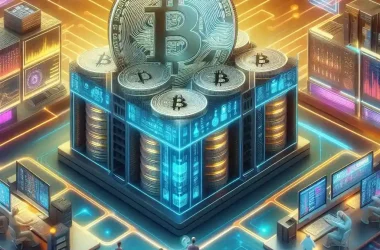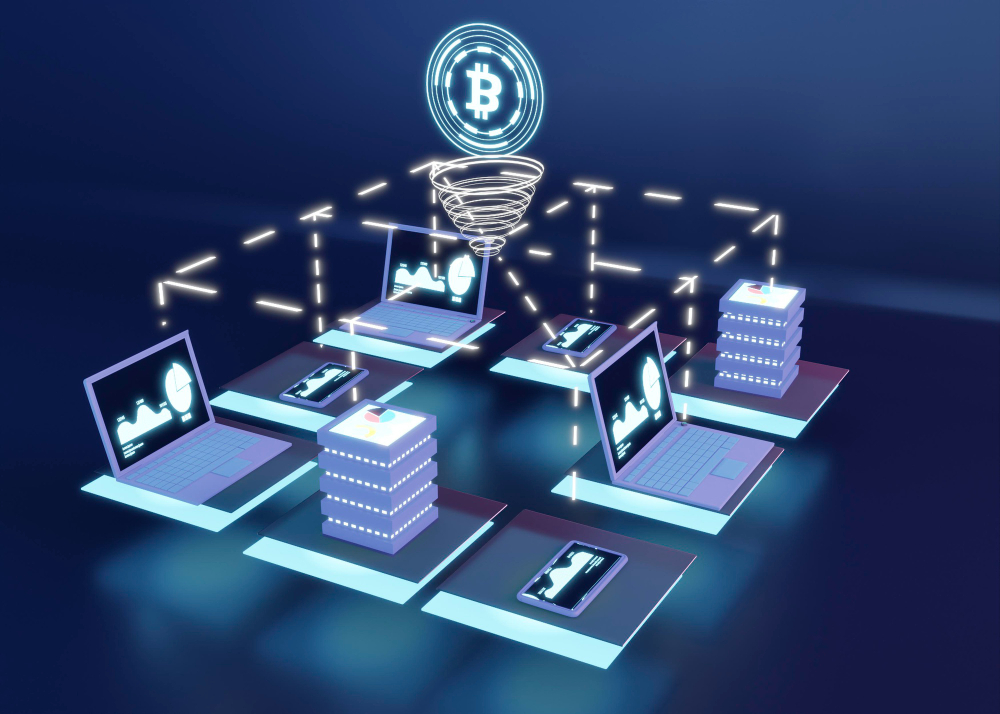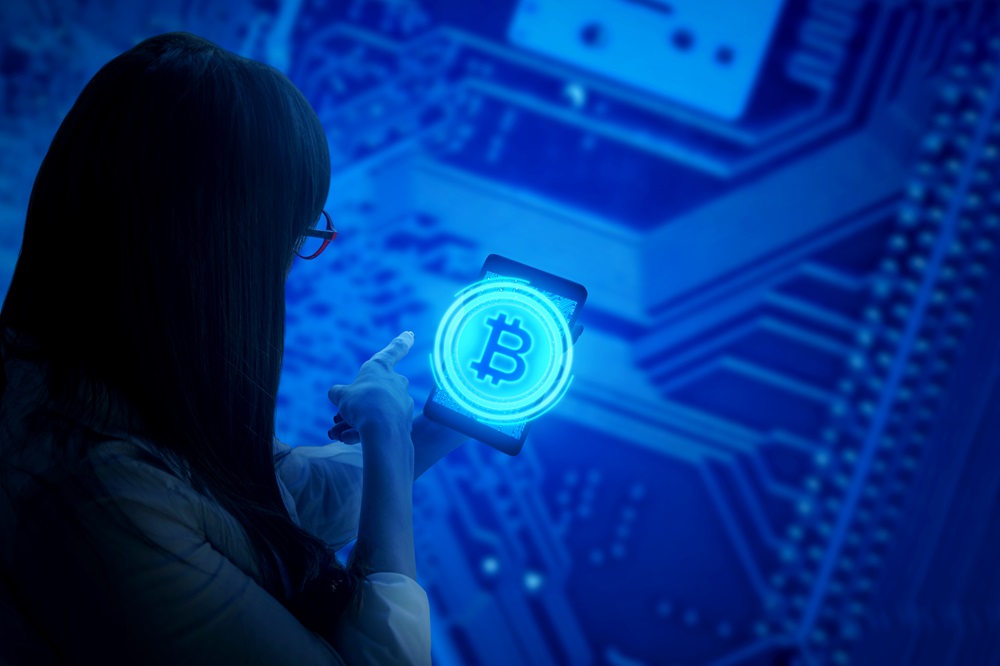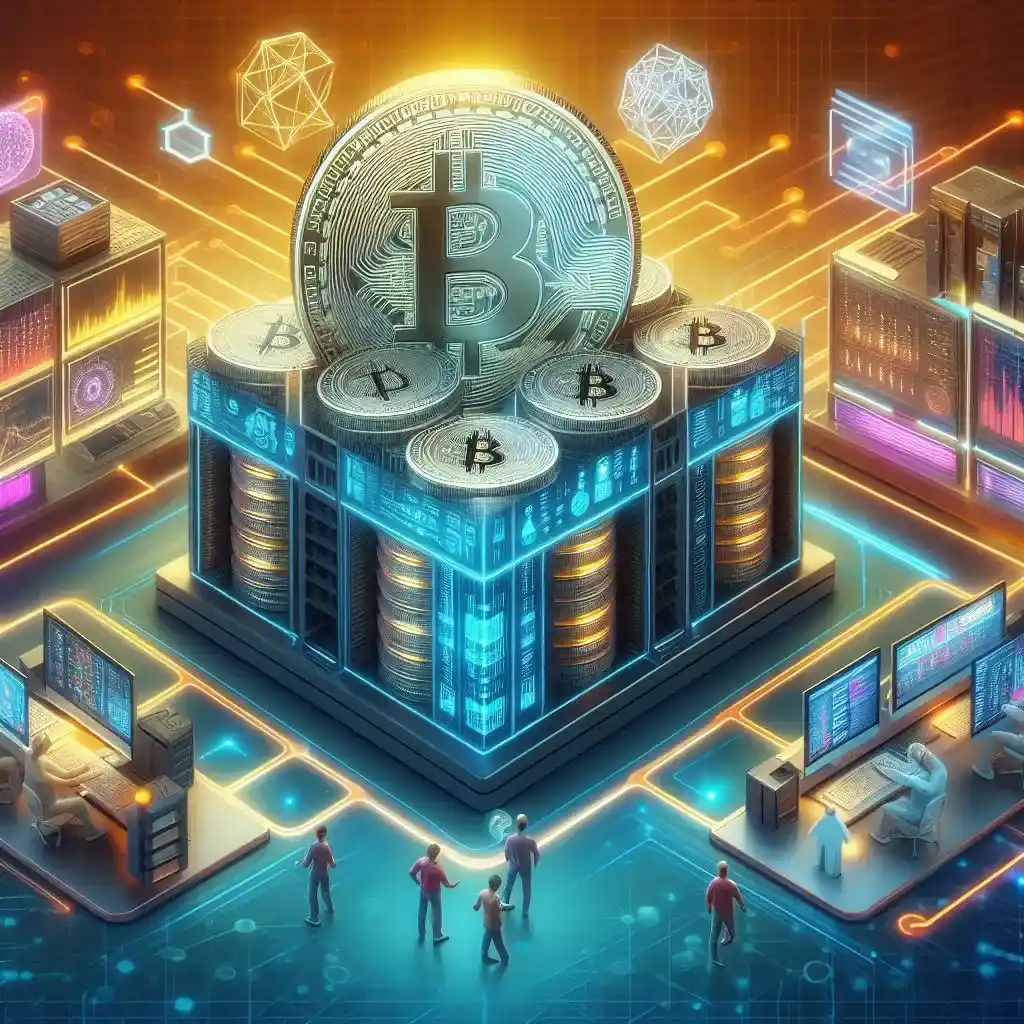This year’s Bitcoin halving and the drop in network activity have pressured miners’ profit margins. With block rewards halved and transaction revenue down, many mining operations are seeking innovative strategies to survive.
A potential solution may lie within the emerging Decentralized Physical Infrastructure Networks (DePIN). These blockchain systems create marketplaces for essential resources like computing power, storage, and bandwidth. For Bitcoin miners with excess capacity, DePIN platforms provide a way to monetize unused GPU resources. They can make these resources accessible to AI researchers and developers.
Opportunities for AI Startups
An AI startup working on a new natural language processing model can rent computing power at rates much lower than those of centralized cloud providers. This arrangement not only creates a new revenue stream for miners but also grants AI developers access to high-performance computing.
The AI Gold Rush and the GPU Shortage
The timing for this shift could not be better. As artificial intelligence technology advances rapidly, the demand for GPU computing power is soaring. Tech giants scramble to obtain enough chips to train their sophisticated models. Meanwhile, smaller AI startups often struggle to access the necessary resources due to high costs.
This is where Bitcoin miners can play a critical role. Many mining operations have built substantial infrastructure and expertise in managing large-scale computing resources. Although their ASICs are specifically designed for Bitcoin mining, the surrounding systems—such as power management, cooling, and networking—can easily adapt to accommodate GPU clusters.
Thus, miners could effectively become decentralized cloud computing providers. They can offer their spare GPU capacity to AI developers on an as-needed basis.
Growing Interest in AI Capabilities
This trend is already beginning to take shape, as evidenced by agreements like Core Scientific’s 12-year contract and Hut 8’s $150 million investment aimed at enhancing AI capabilities. However, to fully harness the potential of this infrastructure transformation, a framework is essential for efficiently connecting and distributing these resources across a decentralized network.
Building the DePIN Infrastructure
To realize this vision, DePIN platforms that link GPU providers with AI developers are crucial. The optimal solution must ensure true end-to-end decentralization—a challenging task given the sensitive nature of AI workloads. Fortunately, blockchain platforms offer advantages over traditional cloud providers in this regard.
Essential requirements include end-to-end security, native integration between blockchain and Web2 infrastructure, and on-chain data processing. Chain Key technology, in particular, suits these needs well. This technology allows any device, including mobile phones and smartwatches, to verify data and computation authenticity. In a decentralized GPU marketplace, AI developers need to trust that their models run on legitimate hardware and that the results remain unaltered.
The Importance of Full-Stack Decentralization
Networks like these are only valuable if they are fully decentralized and can integrate directly with other blockchains and Web2 systems through HTTP outcalls. Such interoperability—cross-chain smart contracts that orchestrate resources between Bitcoin miners and AI developers—enables DePIN networks to access a broader ecosystem of resources and users. This access includes Bitcoin’s extensive mining network while avoiding the centralized bottlenecks and single points of failure present in platforms like AWS or Google Cloud.
By doing so, it fosters an open, permissionless marketplace where anyone can contribute or access resources as needed.
Future Prospects and Challenges
The potential advantages of this approach are numerous. For Bitcoin miners, it offers a chance for diversification and a potential revenue increase. For the AI community, this strategy significantly broadens access to essential computing resources in the short to medium term. It can stimulate innovation by allowing smaller players and researchers to obtain the resources they need at more competitive prices.
Additionally, this initiative supports the broader crypto ethos of decentralization—distributing control of vital infrastructure from a few tech giants to a global network of providers.
Nevertheless, challenges remain. Achieving consistent performance and reliability across a decentralized network is complex. Miners will need to invest in extra hardware and expertise to effectively support AI workloads.
As the efficiency of AI models improves rapidly and significant capital flows into AI, the demand for high computing power may eventually level off. Thus, adaptability and a realistic understanding of market dynamics will be essential.
The crypto industry has long envisioned transforming the world through decentralization. By combining Bitcoin mining with DePIN networks, there is now an opportunity to fulfill that vision.
The post How DePIN is disrupting Google, Amazon, and Nvidia appeared first on CryptoSlate.















